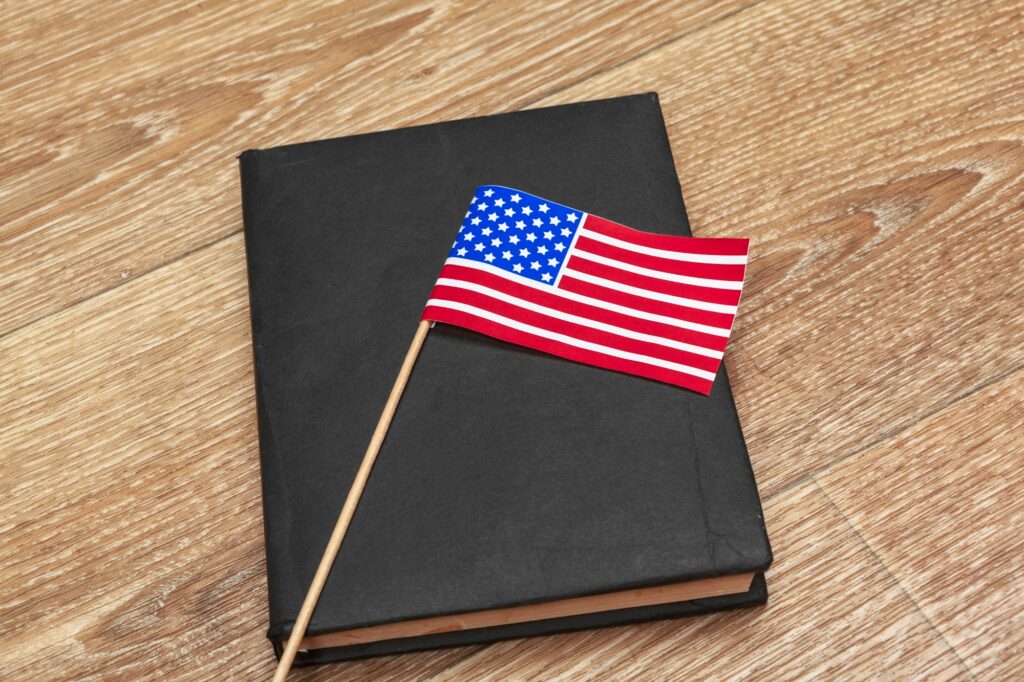Key Takeaways:
The Department of Homeland Security (DHS) will supplement the H-2B cap with nearly 65,000 additional temporary worker visas for Fiscal Year 2025. This move aims to fulfill the increasing demand for seasonal workers while simultaneously ensuring labor protections for both American and foreign workers.
The allocation consists of 20,000 visas for workers from select Central American countries and 44,716 visas for returning workers, specifically addressing the needs of key industries such as hospitality and agriculture.
In a strategic shift that will undoubtedly resonate in the bustling corridors of the American economy, the Department of Homeland Security (DHS) recently announced its plan to provide an incredible supplement of 64,716 H-2B temporary nonagricultural worker visas for Fiscal Year (FY) 2025. This supplemental allocation seeks to build on the already established annual cap of 66,000 visas set by Congress, signifying a robust commitment to addressing the ever-present need for seasonal labor in critical industries.
American business owners—from buzzing seafood processing plants in the coastal states to the serene landscapes of the hospitality sector—often rely heavily on the influx of seasonal workers that the H-2B program offers. This year’s additional visas not only serve to combat labor shortages but also strive to further enhance the overall stability of the workforce. The expansive allocation highlights regional commitments, specifically channeling 20,000 of these visas to workers from countries like Guatemala, El Salvador, and Honduras, countries that are emblematic of the intersection between immigration policy and regional economic support. These measures are imperative, especially as we confront the multiple layers of the immigration debate—where needs of businesses collide with humanitarian responsibilities and societal consequences.
However, let’s be clear: the H-2B program is not simply a free-for-all. It’s a well-structured initiative that mandates employers to prove that no American worker is available, willing, or equipped for the roles they are offering. This requirement also entails a stringent gauntlet designed to protect all workers from exploitation. No one wants to witness the tragedy of workers being ensnared in dishonest employment practices, particularly in an administration pledging to fortify protections for numerous marginalized communities.
When Secretary of Homeland Security Alejandro N. Mayorkas stated, “…Then ensuring the labor needs of American businesses are met while keeping prices down for consumers,” it illuminated a dual commitment that often lurks beneath the surface of bureaucratic announcements—understanding that an economy thrives when its labor force is dynamic, secure, and safeguarded against shadows of predatory practices.
Welcoming this additional wave of guests underscores our growing confluence with the workforce needs, expanding our focus not just on seasonal demands but also on our national obligation for a just labor market. There’s a shared value when freshly painted business models pulse with the energy of responsible immigrant contributions—those who are not just “workers,” but are the blood that inflates the limbs of the seasonal economy.
The DHS’s H-2B visa program exemplifies an evolved approach to immigration—one which espouses that regulations can harmonize labor needs with protections for American workers while providing much-needed avenues for those who labor for a better tomorrow. Here begins an era where strategic allocations can act as both shields and ladders, bridging gaps between domestic perseverance and global need.
Decisions like these emphasize the need for an adaptive immigration framework, where laws meet economic prerequisites and humanitarian principles side-step partisan lore. As we look forward into FY 2025, immigrant labor isn’t just about tackling shortages; it’s about embracing a future that recognizes value in diversity and commitment alike.










